Statue of Liberty and Beyond Adventure
Embark on a captivating journey through New York City. I like the Statue of Liberty. I will spend an hour and a half there, and then I will go to Central Park. My budget is $100. Enjoy this free walking tour!
Time
3 Hours
Stops
9 Places
Distance
2.2 km
Battery Park
Begin your tour at Battery Park, a historic green space offering stunning views of the harbor and the perfect starting point for a visit to the Statue of Liberty.
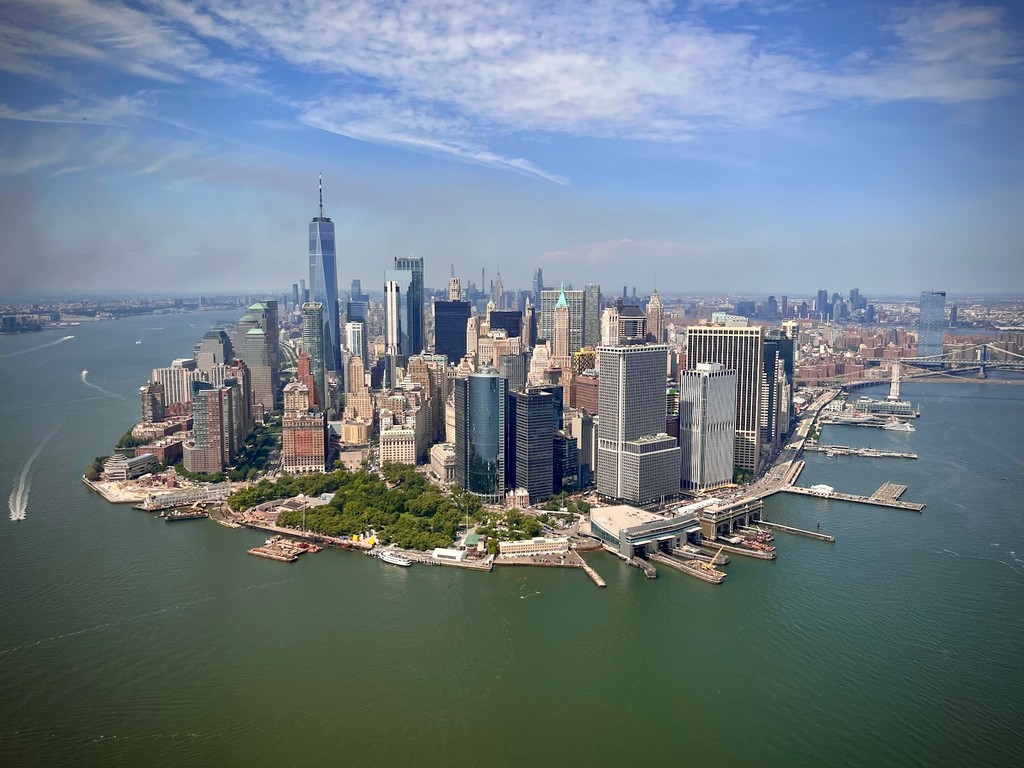
Battery Park (Source: Google Maps)
Battery Park is a historic green space located at the southern tip of Manhattan, offering spectacular views of the New York Harbor and the Statue of Liberty. Established in the 17th century, it has undergone many transformations, serving as a military fortification and a public park. The park features several monuments, gardens, and pathways, making it a popular spot for both locals and tourists. Visitors can learn about the park's history through plaques and exhibits, while enjoying the natural beauty of the waterfront. Battery Park is also home to the SeaGlass Carousel, an aquatic-themed ride that adds to its charm. Its location makes it a vital gateway for ferry services to Liberty Island and Ellis Island, enhancing its significance as a starting point for exploring America's immigrant history.
Statue of Liberty
Spend an hour and a half exploring the iconic Statue of Liberty, a symbol of freedom and democracy, accessible by ferry from Battery Park.
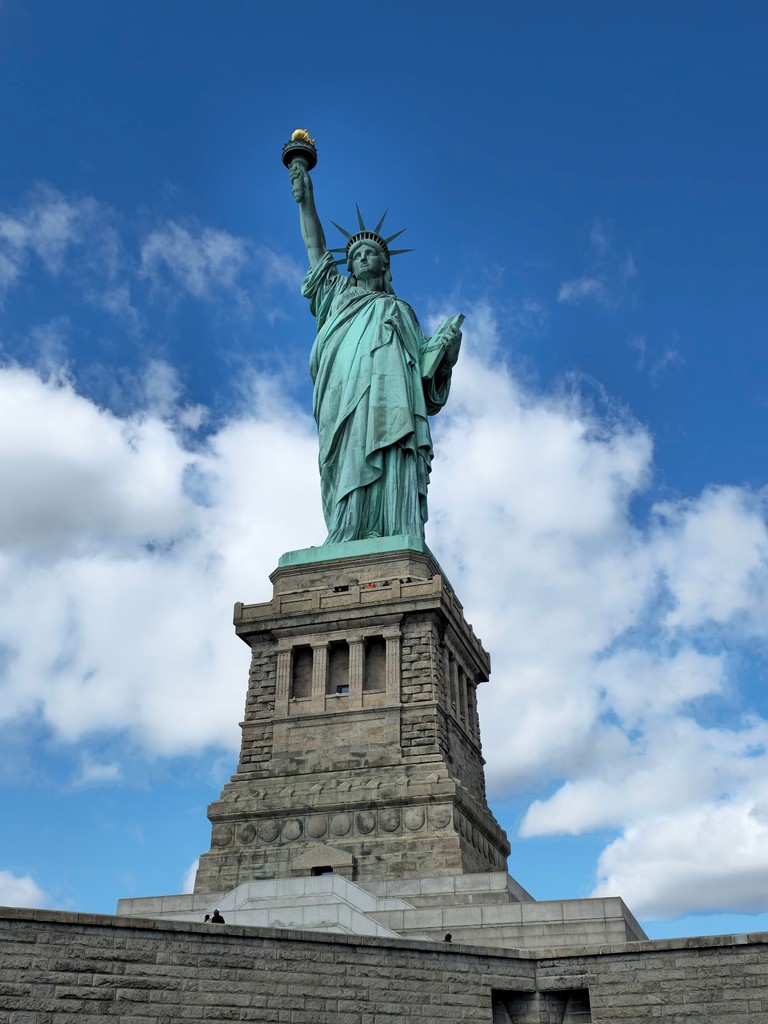
Statue of Liberty (Source: Google Maps)
The Statue of Liberty, a gift from France to the United States, was dedicated on October 28, 1886, and has since become a global symbol of freedom and democracy. Standing at 305 feet, it was designed by French sculptor Frédéric Auguste Bartholdi and is constructed of copper sheets over a steel framework. The statue represents Libertas, the Roman goddess of freedom, and holds a torch and a tablet inscribed with the date of the American Declaration of Independence. Visitors can access the statue via ferry from Battery Park and explore the museum located on Liberty Island. The statue's cultural significance is profound, as it has welcomed millions of immigrants arriving in New York Harbor, embodying the ideals of hope and opportunity. The surrounding grounds offer stunning views of the Manhattan skyline, making it a must-visit landmark for anyone exploring the city.
Castle Clinton National Monument
After your visit to the Statue of Liberty, return to Battery Park and explore Castle Clinton, a historic fortification with a rich history dating back to the early 19th century.
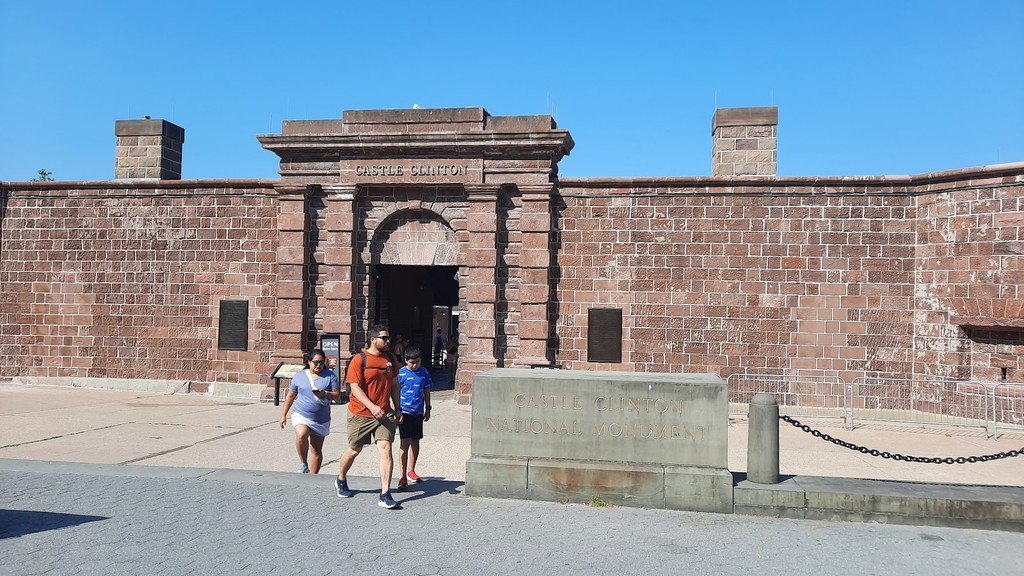
Castle Clinton National Monument (Source: Google Maps)
Castle Clinton, originally built as a fortification in 1808, is located in Battery Park and has a rich history as a military installation, immigration station, and theater. Designed by architect John McComb Jr., the structure features a circular design with a stone exterior, showcasing early 19th-century military architecture. It served as a fort during the War of 1812 and later became a processing center for immigrants arriving in New York City in the 19th century. Today, Castle Clinton is a national monument, offering visitors insight into its multifaceted history through exhibits and guided tours. The site is also the departure point for ferries to the Statue of Liberty and Ellis Island, further cementing its importance in the narrative of American immigration. Its location provides panoramic views of the harbor and the nearby skyline, making it a picturesque stop on any tour.
Charging Bull
Just a short walk away, you'll find the Charging Bull, a powerful symbol of financial optimism and prosperity located in Bowling Green Park.
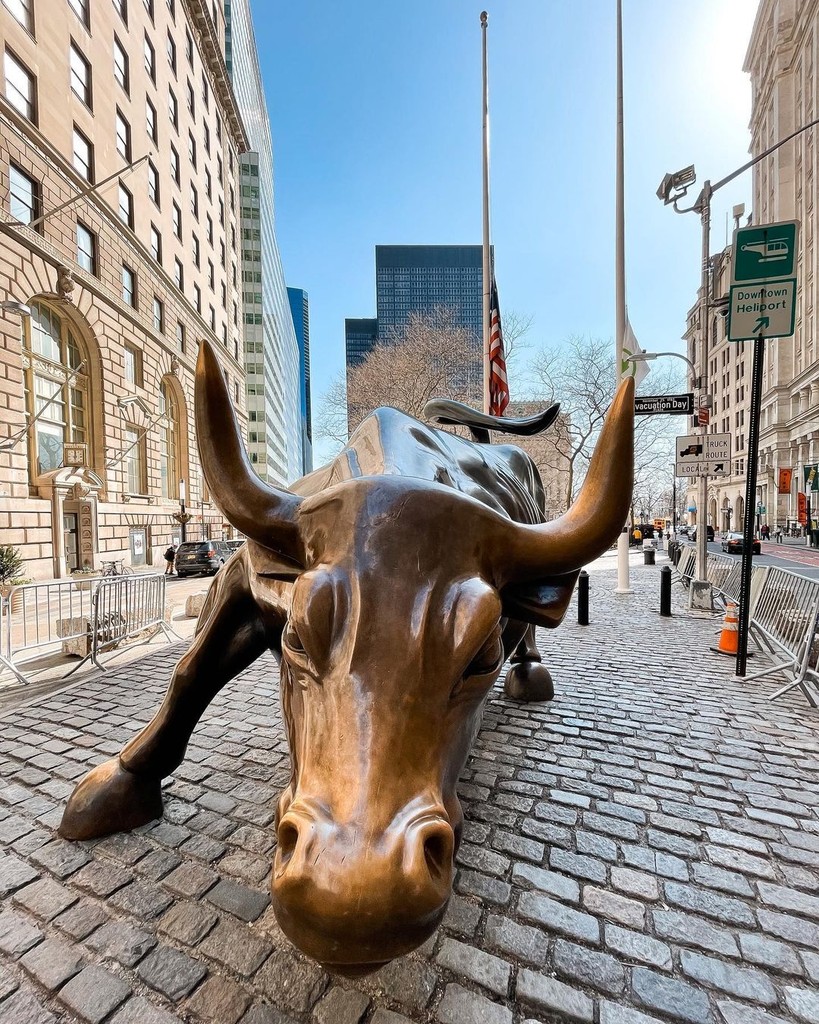
Charging Bull (Source: Google Maps)
The Charging Bull, a bronze sculpture created by artist Arturo Di Modica, symbolizes financial optimism and prosperity. Installed in Bowling Green Park in 1989, the bull was originally a temporary installation that quickly became a permanent fixture due to its popularity. This 7,100-pound sculpture is 11 feet tall and 16 feet long, representing the strength and resilience of the American economy. The Charging Bull has become an iconic image of Wall Street and is often associated with the financial district's dynamic spirit. Visitors flock to the statue for photos, often rubbing its horns for good luck. The bull's fierce expression and powerful stance convey a sense of confidence, making it a fitting representation of the financial aspirations of many individuals. Its presence serves as a reminder of the highs and lows of the stock market and the enduring pursuit of prosperity.
Trinity Church
Walk north to Trinity Church, a Gothic Revival masterpiece and one of the oldest churches in New York City, offering a glimpse into the city's colonial past.
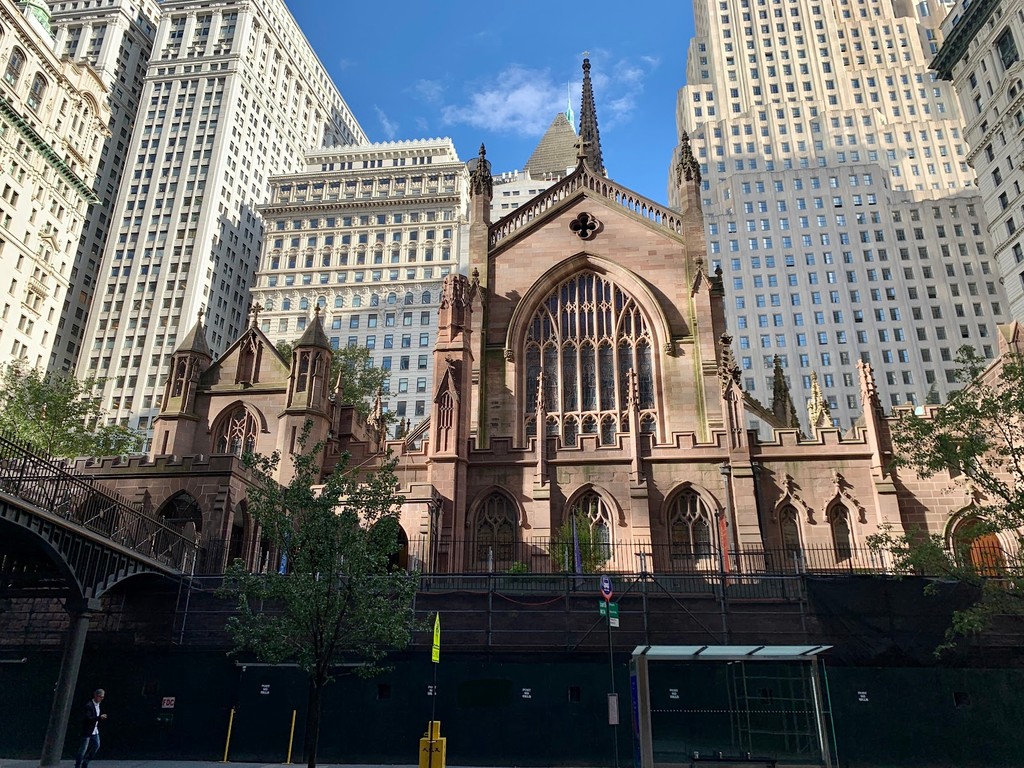
Trinity Church (Source: Google Maps)
Trinity Church, an iconic Gothic Revival structure, is one of the oldest churches in New York City, founded in 1697. The current building, completed in 1846, features stunning stained glass windows, a soaring spire, and intricate stonework that exemplifies the architectural style of its time. Trinity Church has played a significant role in the city’s history, serving as a gathering place for important events, including the funeral of Alexander Hamilton, one of the Founding Fathers. The church is also known for its beautiful churchyard, which is the final resting place of many notable figures from American history. Today, Trinity Church continues to serve its congregation and the community while offering visitors a glimpse into the city’s colonial past. The church’s location at the intersection of Wall Street and Broadway places it at the heart of New York’s financial district, making it a symbol of both spiritual and economic significance.
Federal Hall National Memorial
Continue your journey to Federal Hall, where George Washington took the oath of office as the first President of the United States.
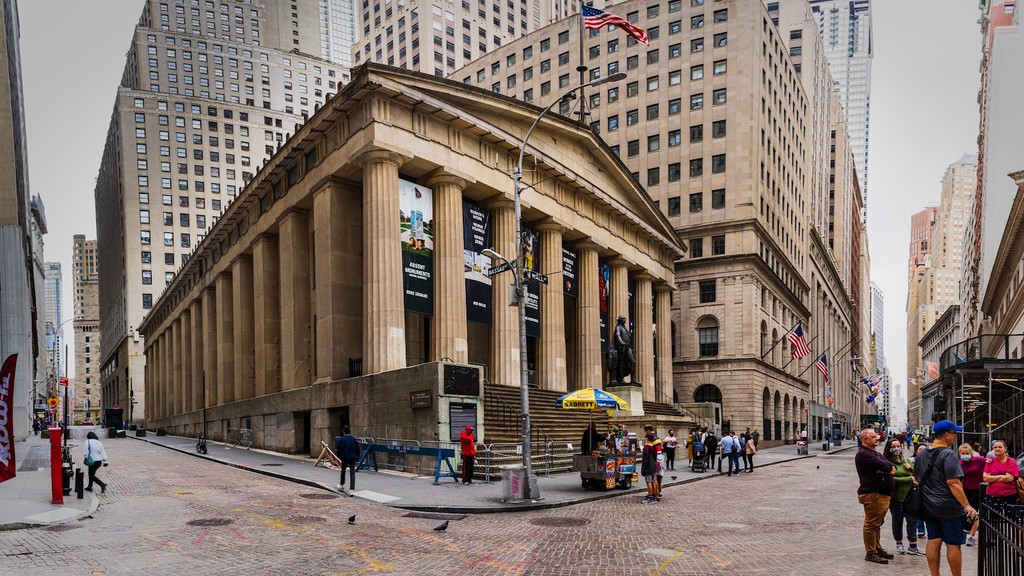
Federal Hall National Memorial (Source: Google Maps)
Federal Hall, located on Wall Street, is a historic landmark that once served as the nation's first capitol under the Constitution. It is here that George Washington took the oath of office as the first President of the United States in 1789. The building, originally constructed in 1700 as a custom house, was transformed into a hall for Congress in 1785. Today, Federal Hall stands as a national memorial, commemorating the birth of American democracy. Visitors can explore exhibits detailing the history of the building and its significance in the early years of the nation. The grand staircase and portico, adorned with columns, reflect the neoclassical architectural style that was popular in the early 19th century. Federal Hall also features a statue of George Washington, symbolizing his pivotal role in American history. The site serves as a reminder of the democratic principles that continue to shape the United States.
St. Paul's Chapel
Head towards St. Paul's Chapel, a historic church that survived the Great Fire of 1776 and served as a place of refuge during 9/11.
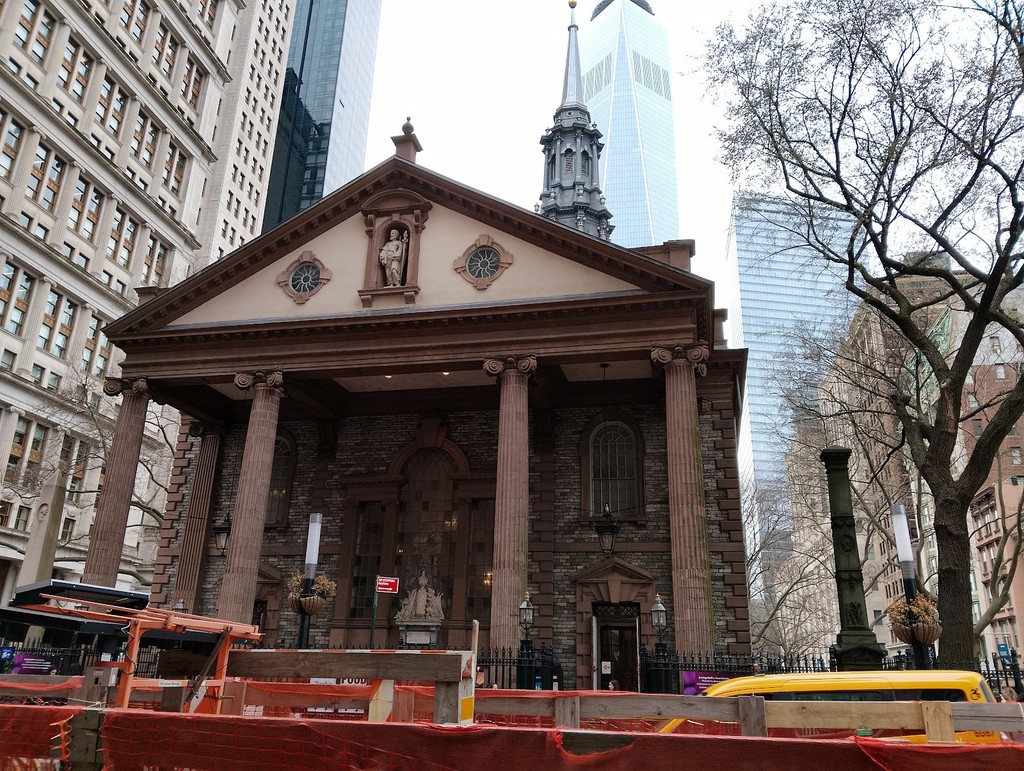
St. Paul's Chapel (Source: Google Maps)
St. Paul's Chapel, built in 1766, is one of the oldest surviving churches in Manhattan and an architectural gem of the colonial era. Known for its stunning Federal-style architecture, the chapel features a beautiful interior adorned with woodwork and stained glass. St. Paul's Chapel holds a significant place in American history, having survived the Great Fire of 1776 and served as a place of refuge for rescue workers during the aftermath of the September 11 attacks. The chapel's role as a sanctuary for those in need has cemented its reputation as a symbol of resilience and hope. Inside, visitors can find artifacts, exhibits, and memorials dedicated to the events of 9/11, as well as a peaceful atmosphere for reflection. The chapel's location near the World Trade Center makes it a poignant site for remembering the past while embracing the future. St. Paul's Chapel continues to serve its congregation and welcomes visitors from around the world.
One World Trade Center and 9/11 Memorial
Visit the One World Trade Center and the 9/11 Memorial, a poignant tribute to the lives lost in the 2001 terrorist attacks.
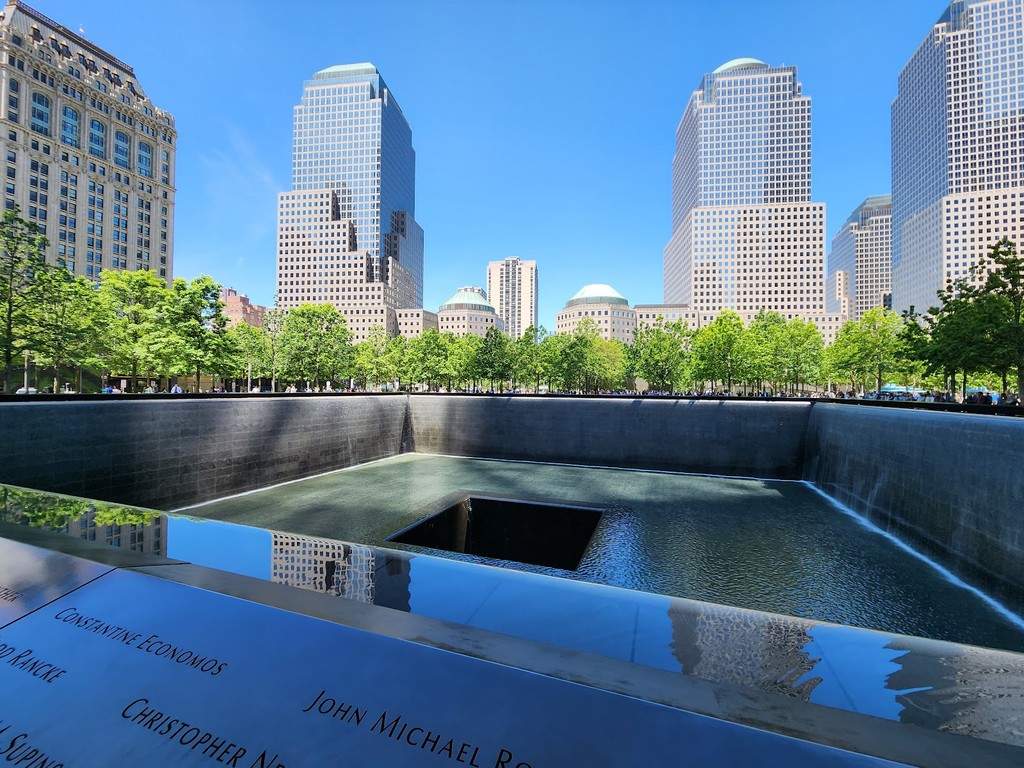
One World Trade Center and 9/11 Memorial (Source: Google Maps)
One World Trade Center, also known as the Freedom Tower, is the main building of the rebuilt World Trade Center complex. Standing at 1,776 feet, it is the tallest building in the Western Hemisphere, symbolizing resilience and renewal following the tragic events of September 11, 2001. The design of the tower incorporates elements of sustainability and modern architecture, making it a landmark of innovation. Adjacent to the tower is the 9/11 Memorial, a solemn tribute to the nearly 3,000 lives lost in the terrorist attacks. The memorial features two reflecting pools set within the footprints of the original Twin Towers, surrounded by a grove of trees. Visitors can pay their respects and reflect on the impact of that day. The site serves as a powerful reminder of the strength and unity of the American spirit. One World Trade Center offers observation decks with breathtaking views of the city and beyond, making it a must-visit destination for anyone exploring New York.
Brookfield Place
Conclude your tour with a stroll through Brookfield Place, a modern complex known for its stunning architecture and views of the Hudson River.
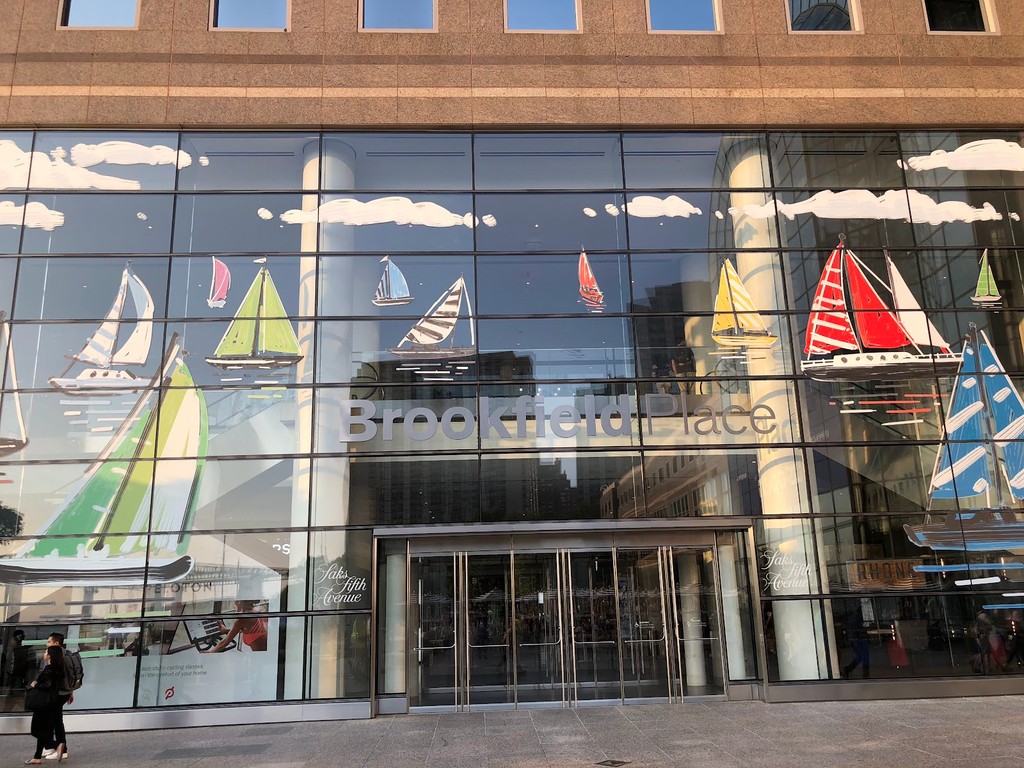
Brookfield Place (Source: Google Maps)
Brookfield Place is a modern shopping and dining complex located along the Hudson River, known for its stunning architecture and waterfront views. Originally built in the 1980s as the World Financial Center, the complex underwent significant renovations after the 9/11 attacks and has since become a vibrant destination for both locals and tourists. The glass-enclosed atrium features a unique design that allows natural light to flood the space, creating an inviting atmosphere. Brookfield Place houses a variety of high-end shops, restaurants, and cultural events, making it a popular spot for leisure and entertainment. The complex also offers access to the waterfront, where visitors can enjoy scenic views of the river and the Statue of Liberty. With its blend of modern design and historical significance, Brookfield Place serves as a hub of activity and a gateway to the rich cultural experiences that New York City has to offer.

Your travels, your rules.
Create your own Free Walking Tours.
Set your preferences, distances and anything you want to do or see.
Completely free, no payment required.